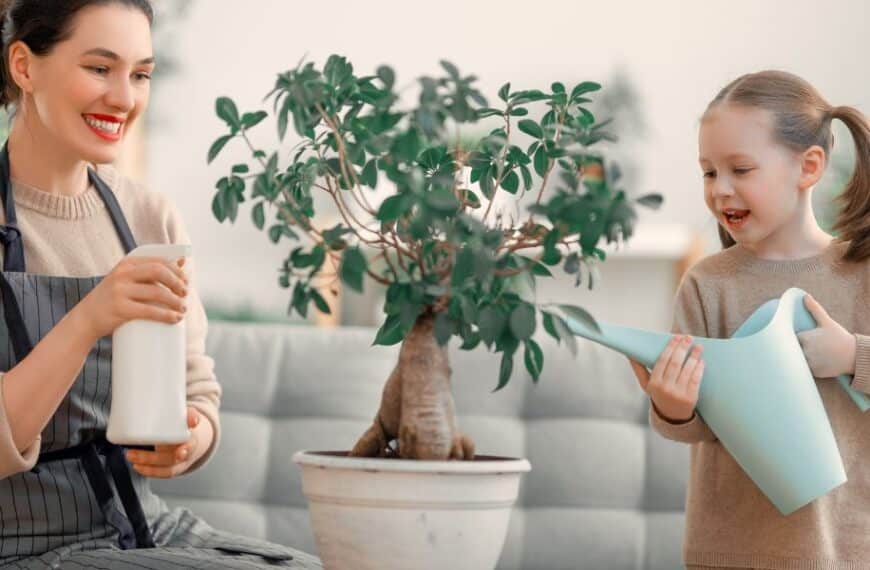Content
Indoor plants are a great way to bring a touch of nature into your home.
They add color, texture, and warmth to the interior decor and also have health benefits such as purifying the air and improving mood.
However, maintaining indoor plants can sometimes be a challenge, especially when you notice their leaves starting to droop.
Drooping or wilting leaves can be a sign of several issues, from overwatering to inadequate light.
But don’t worry! This guide will help you identify the causes and provide practical solutions to restore your indoor plants’ vitality.
Understanding the language of leaves
Before we delve into the solutions, it’s crucial to understand that plants communicate their health status through their leaves.
Drooping leaves are often a plant’s distress signal indicating that something is not right in its environment. The cause could be anything from watering issues, temperature fluctuations, inadequate light, or even disease.
Watering woes: Too much or too little?
One of the most common reasons for drooping leaves is improper watering – either too much or too little.
Overwatering can lead to root rot, which in turn causes the leaves to wilt and eventually fall off.
On the other hand, underwatering can leave your plant dehydrated, leading to droopy leaves.
To avoid these issues, ensure that you’re watering your plants correctly. Most indoor plants prefer their soil to dry out completely between waterings.
A good rule of thumb is to stick your finger about an inch into the soil; if it feels dry at that depth, it’s time to water.
Let there be light
Just like humans, plants need light to thrive – but not all plants require the same amount.
Some plants need plenty of bright, indirect light while others do well in low-light conditions. If your plant isn’t getting enough light, its leaves may start to droop.
To remedy this, first identify the light requirements of your specific plant. Then, place it in a location where it will receive the appropriate amount of light. Remember, too much direct sunlight can also harm some plants, causing their leaves to burn and wilt.
Temperature and humidity: Finding the sweet spot
Indoor plants also have specific temperature and humidity needs. If these conditions are not met, your plant may respond by drooping its leaves.
Most indoor plants prefer temperatures between 65 and 75 degrees Fahrenheit and humidity levels between 40% and 60%.
If your home is too dry, consider using a humidifier or placing a tray of water near your plant to increase humidity levels. If it’s too cold or hot, try moving your plant to a more suitable location.
Keep an eye out for pests and disease
Pests and disease can also cause your plant’s leaves to droop. Regularly inspect your plants for signs of infestation such as discoloration, spots, or insects.
If you notice any of these signs, isolate the affected plant immediately to prevent the problem from spreading to other plants.
Depending on the type of pest or disease, you may need to use a specific treatment. Consult with a local nursery or extension service for advice on treating your specific issue.
Patience is key
Finally, remember that plants are living beings that need time to adjust and heal.
Once you’ve identified and addressed the issue causing your plant’s leaves to droop, be patient.
It may take some time for your plant to bounce back fully.
With these tips in hand, you’re well-equipped to tackle any drooping leaf issue that comes your way. Happy planting!








